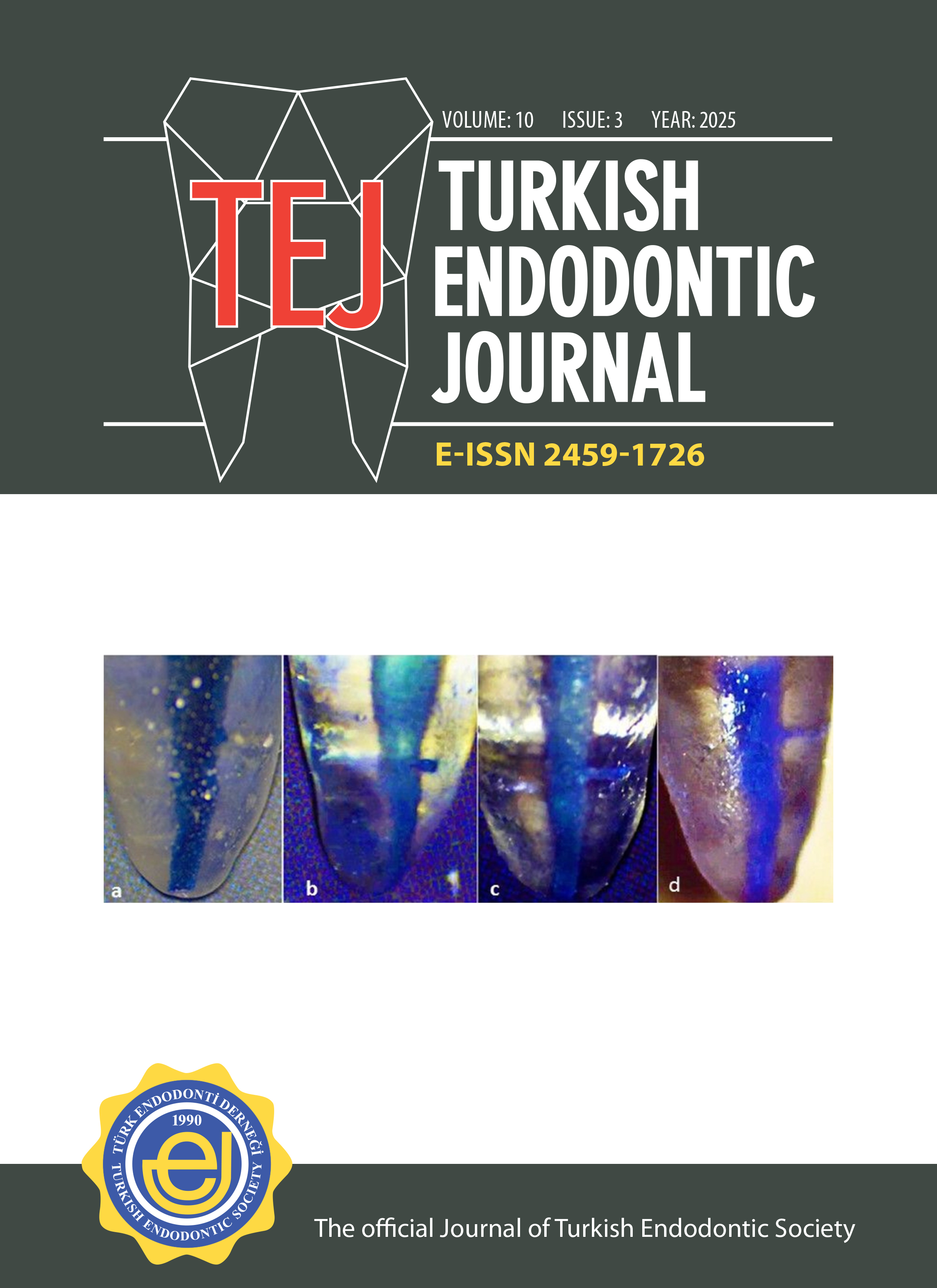Evaluation of the frequency of dental anomalies in children: A cross-sectional retrospective study
Büşra Karaağaç Eskibağlar1, Yelda Polat2, Şemsettin Yıldız3, Gizem Karagöz Doğan41Department of Pediatric Dentistry, Fırat University, Elazığ, Türkiye2Department of Pediatric Dentistry, Dicle University, Diyarbakır, Türkiye
3Department of Pediatric Dentistry, Gaziantep University, Gaziantep, Türkiye
4Department of Pediatric Dentistry, Iğdır University, Iğdır, Türkiye
Purpose: This study aimed to determine the prevalence of common dental anomalies in children.
Methods: In this study, 5280 digital orthopantomographic images of patients aged 5-16 years were retrospectively analyzed. A total of 3619 digital orthopantomographic images that met the study criteria were evaluated. Descriptive statistics of the categorical data obtained were analyzed using percentage and frequency analyses, followed by Pearson Chi-Square or Fisher’s Exact test for binary group comparisons. The significance level for statistical analyses was set at (p < 0.05).
Results: In the individuals included in the study, at least one dental anomaly was detected in 13.78%. Numerical anomalies were the most commonly observed type of anomaly, with hypodontia being the anomaly with the highest prevalence in this group. A statistically significant difference was observed between genders in the frequency of supernumerary teeth, ectopy, and mesiodens (p > 0.05).
Conclusion: Dental anomalies can occur in different types in humans. Clinicians can prevent future dental problems that may occur in later ages with the early diagnosis and treatment of dental anomalies.
Keywords: Dental anomalies, hypodontia, mesiodens, numerical anomalies, supernumerary teeth.
Manuscript Language: English



















